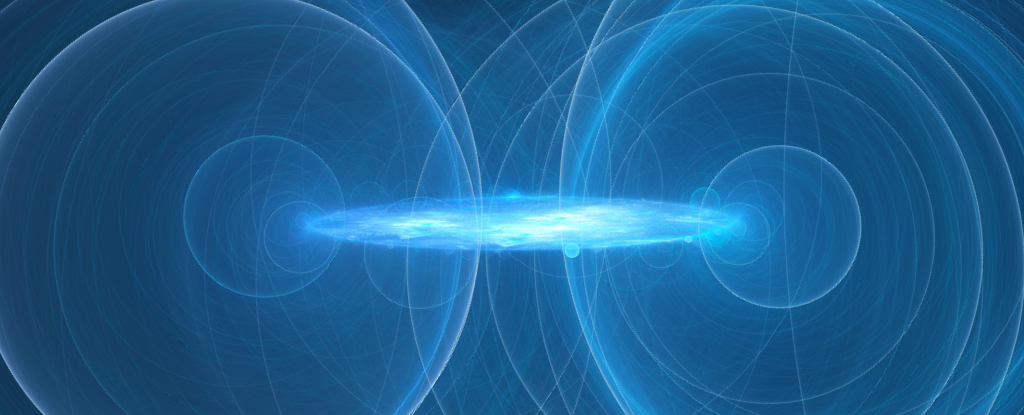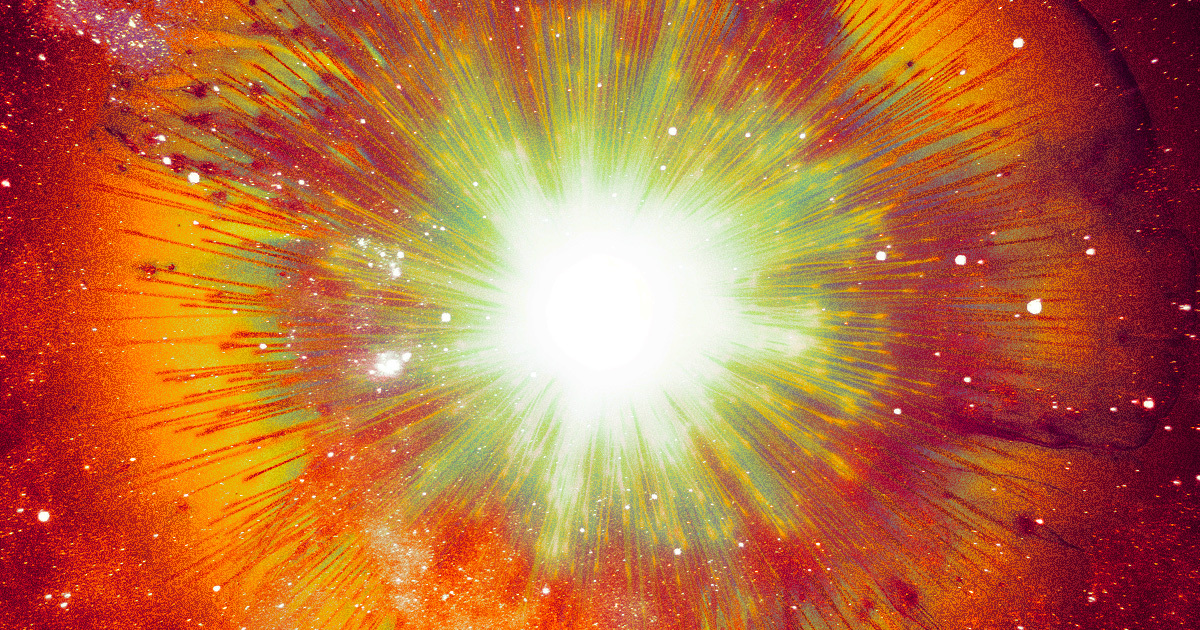
Experts record a record-breaking number of sunspots on the surface of our home star during the month of August.

The signal, recorded in 1977, was at first suspected to be an alien transmission. Now scientists suggest the 47-year-old radio signal was the result of a rare event that caused a massive cloud of hydrogen to shine super brightly.

The Milky Way is so huge and old that statistically, there should be plenty of intelligent civilizations that have colonized their own star systems or neighboring ones, and at least a few that have spread across the galaxy.

A space rock that smacked into Earth 66 million years ago and devastated the ancient life living thereon took a remarkably circuitous route to get here, a new study has found.

Using data from NASA's James Webb Space Telescope, astronomers have confirmed hydroxyl molecules on the surface of the metallic asteroid Psyche.

Two giant clusters of galaxies observed in the process of colliding are going so hard that their dark matter has basically detached from normal matter and flown ahead.

Terzan 5 star cluster is a copious producer of cosmic rays, because it contains a large population of rapidly rotating, incredibly dense and magnetised millisecond pulsars – which accelerate cosmic rays up to extremely high speeds.

New data about the Martian crust gathered by NASA's InSight lander allowed geophysicists to estimate that the amount of groundwater could cover the entire planet to a depth of between 1 and 2 km.

Something is making the fabric of our Universe grow at an ever-accelerating rate, and scientists are truly stumped on what it could be.

The European Space Agency's Gaia mission spotted hundreds of potential moons, orbiting around more than 350 previously unknown asteroids lurking within the solar system.

Venus and Earth seem like twins who, through dramatically different circumstances and choices, ended up leading dramatically different lives.

By 2025, China is aiming to deploy 648 satellites of the "Thousand Sails Constellation" to create global internet coverage, according to state media CCTV.

Although our Universe may seem stable, having existed for a whopping 13.7 billion years, several experiments suggest that it is at risk - walking on the edge of a very dangerous cliff.

Chinese researchers have recently discovered a naturally occurring few-layer graphene for the first time in the lunar samples brought back by Chang’e-5 probe, which provides new insights into the Moon’s geology.

The signal could help explain why an explosion called a gamma ray burst appeared to be the most powerful ever detected.